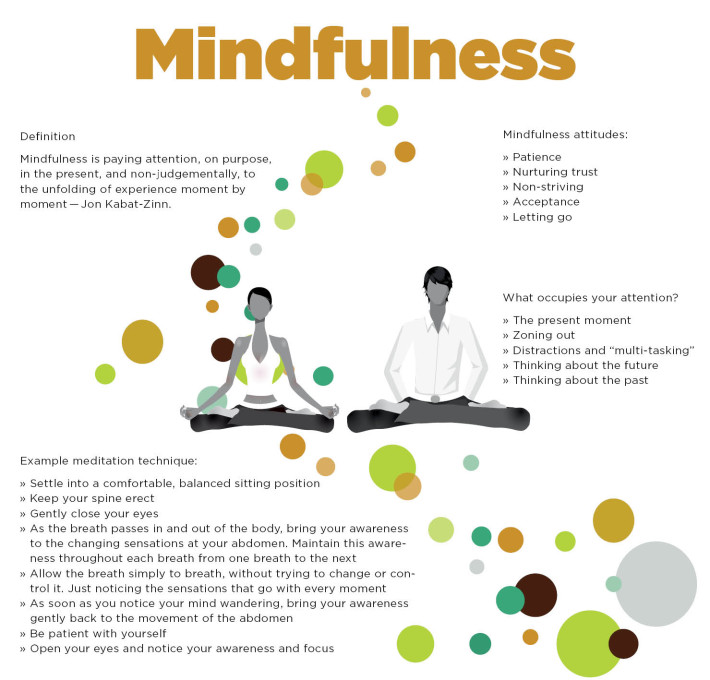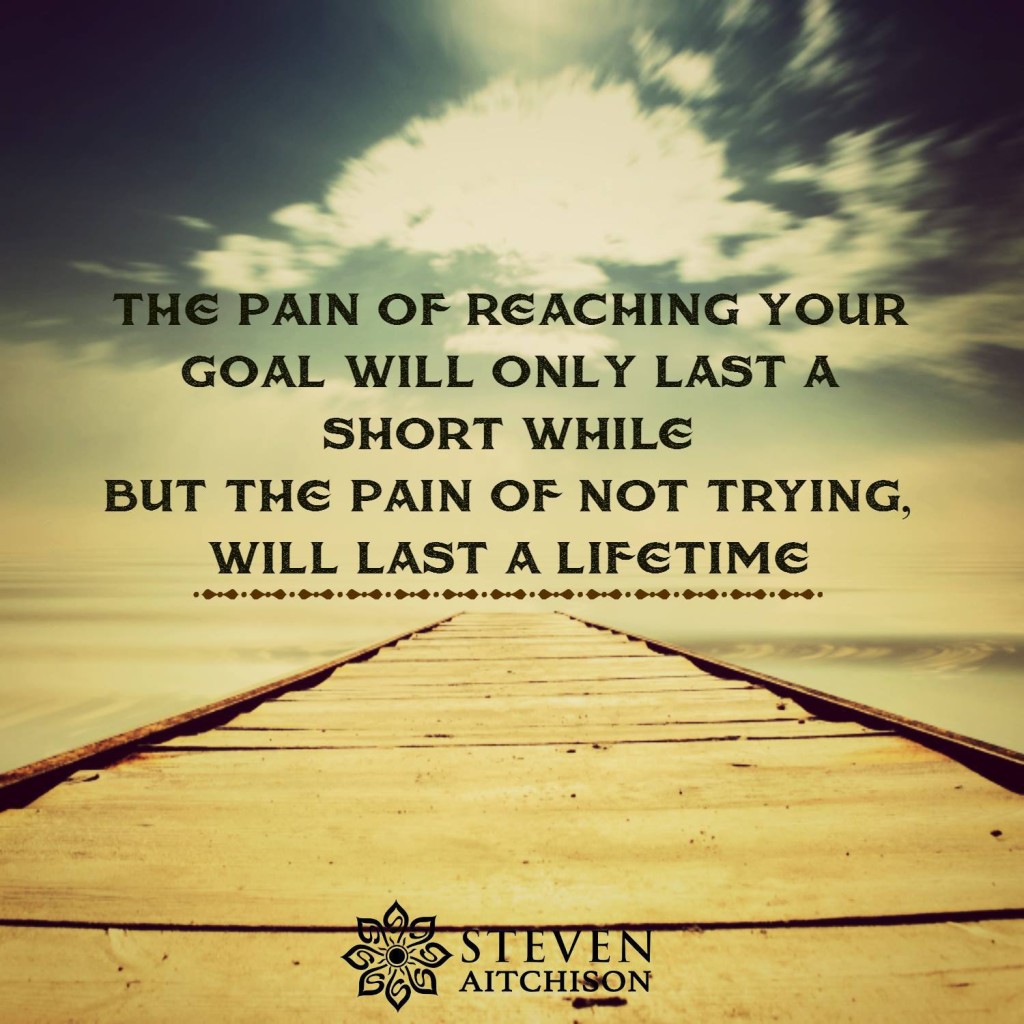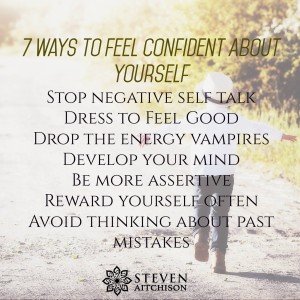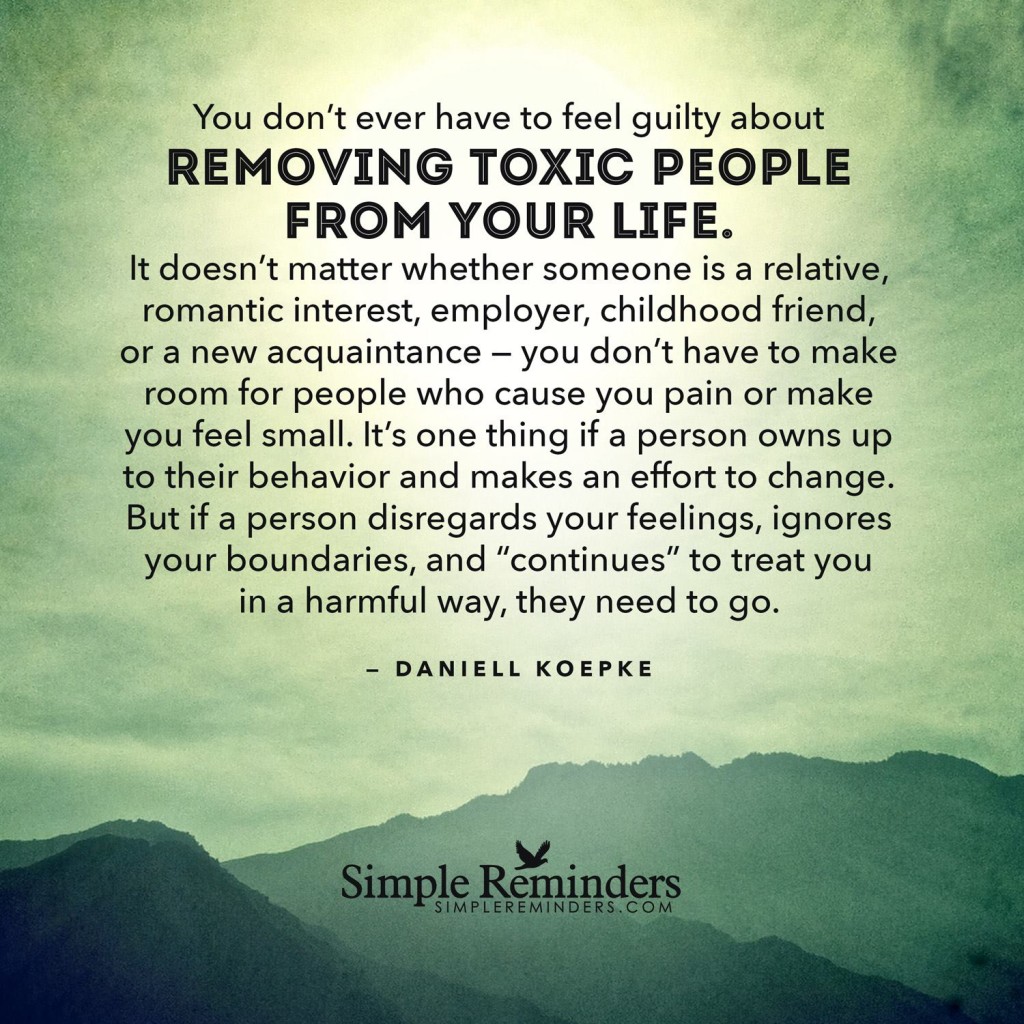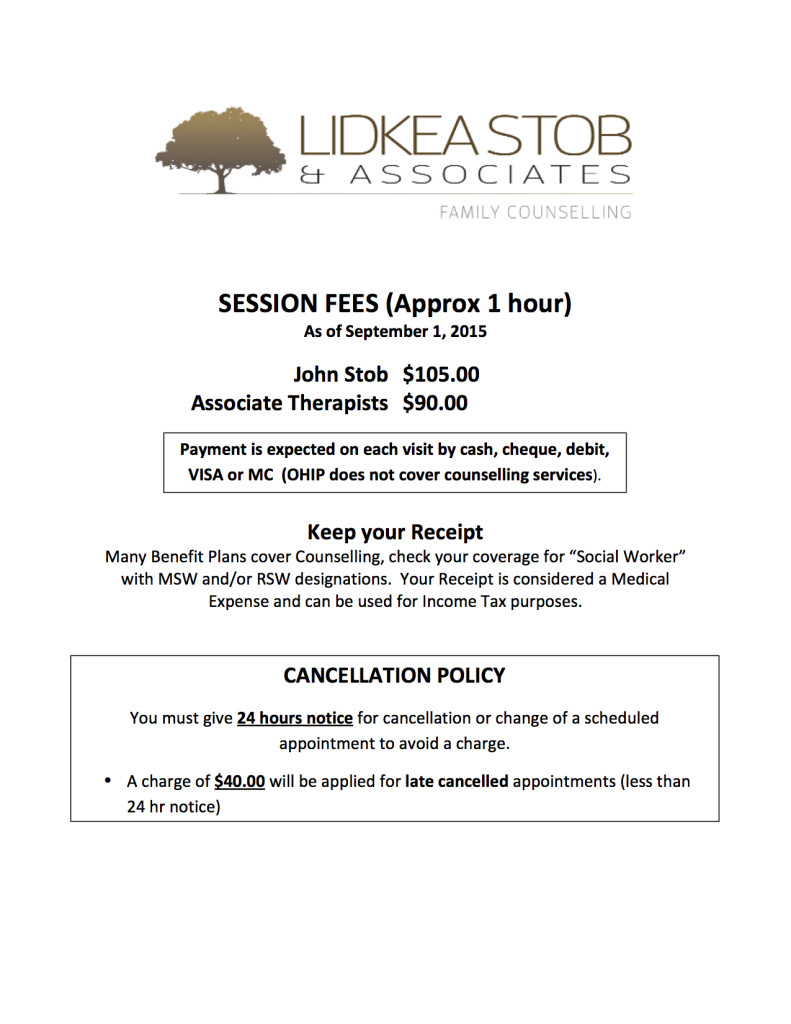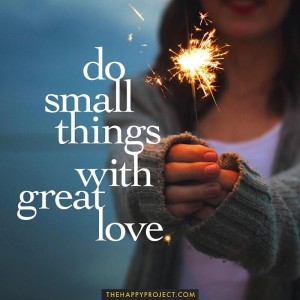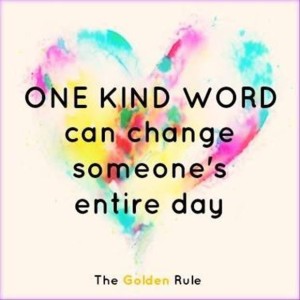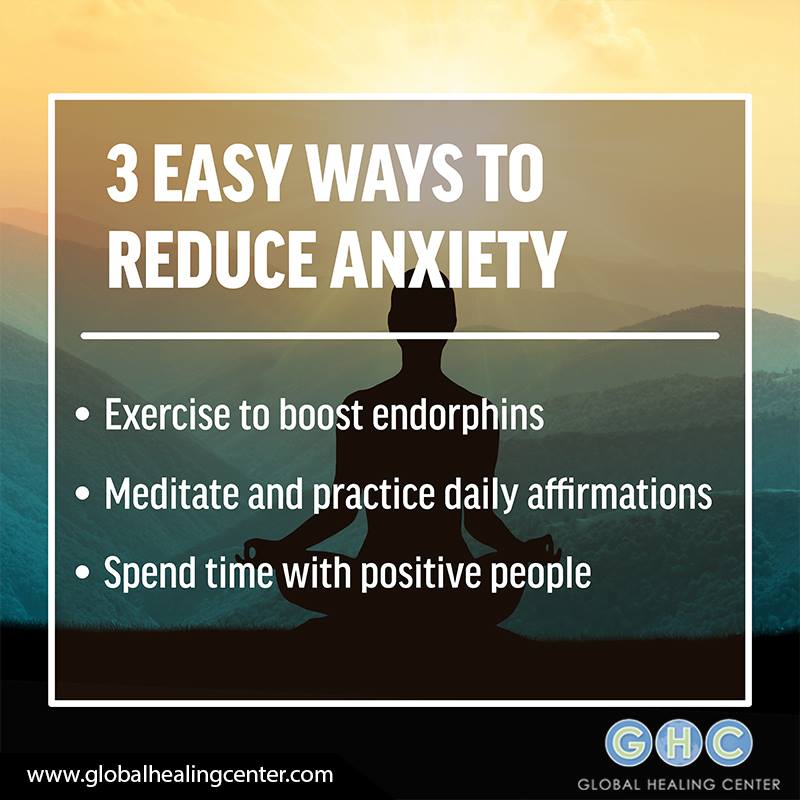Mindfulness
We hear the phrase mindfulness used a lot these days. In counselling we find our clients often struggle living in the past and worrying about the future. We occupy our minds with thoughts and many of them can be negative. What might happen if we were mindful and present living each day with awareness, purpose and without judgement?
In an article by Chad Renando, Mindfulness Defined he talks about a phenomenon he calls the $20 Snickers bar. After reading this I realized how much I related to what he had to say. The idea of buying a chocolate bar with a $20 bill and getting change for the bill. Once that bill is broken down it seems like we have more money and for some reason we spend it more easily. Ask us what we spent that twenty on and we’ll likely wonder where it all went. The author points out that our attention works similarly. We start off being attentive, ready to face the world but there are demands throughout the day for our attention. It becomes fractured and we pay it out like the twenty until we have nothing left. We end our day feeling tired, irritable and likely somewhat exhausted. What if we instead start our day with purpose and intent , making choices about where to focus our attentions? Harnessing our attention and energy, getting to decide how we spend it.
The key is slowing down. This seems counterintuitive to what we think we should be doing. In our fast paced society we need to take time for ourselves and recharge from our busy lives. Time magazine’s, The Mindful Revolution suggests that “finding peace in a stressed-out, digitally dependent culture may just be a matter of thinking differently.” We are busy, hyperconnected and overscheduled. Stopping to just be and stepping back from all those whirling thoughts can transform your life.
Recently a local big box store had a shipment of adult coloring books that were based on mindful stress reduction. They sold out immediately and now local book stores are finding it hard to keep them in stock. The trend is for adults to pick up those crayons or colored pencils and relax and be creative. Coloring books for adults…who would have thought that would be therapeutic? I must say I have tried them myself and it stills the mind, slows things down and it really is fun. Still not convinced, read Adult Coloring Books are the New Mindfulness.
All It Takes Is 10 minutes, is aTed Talk with Andy Puddicome that suggests that 10 minutes is all you need to get calm and clarity in your life. There are many resources available these days to help get you started. If you use technology there are some free mindfulness apps that you might want to take a look at. Website Mindful.Org has videos and articles that cover areas such as mindfulness at work and mindful eating. Life Hack has a Mindfulness Meditation Mini Guide for those new to meditation. On our Lidkea Stob Pinterest board you will also find a Mindfulness and a meditation board with articles and videos. So take a deep breath, grab a tea and think about how you might use these tools to be more mindful in your life. I suspect you will be glad you did.

